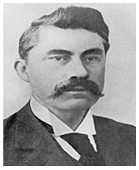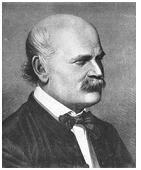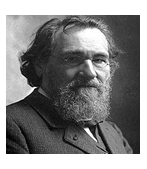FREDERICK GRIFFITH (1879-1941)
Frederick Griffith was a British bacteriologist who performed transformation experiments that suggested that DNA was the hereditary material. His focus was on the epidemiology and pathology of bacterial pneumonia – which led him to develop the principle of bacterial transformation – which allow scientist to transform a bacterium through the introduction of exogenous DNA carrying […]
FREDERICK GRIFFITH (1879-1941) Read More »
General Microbiology









